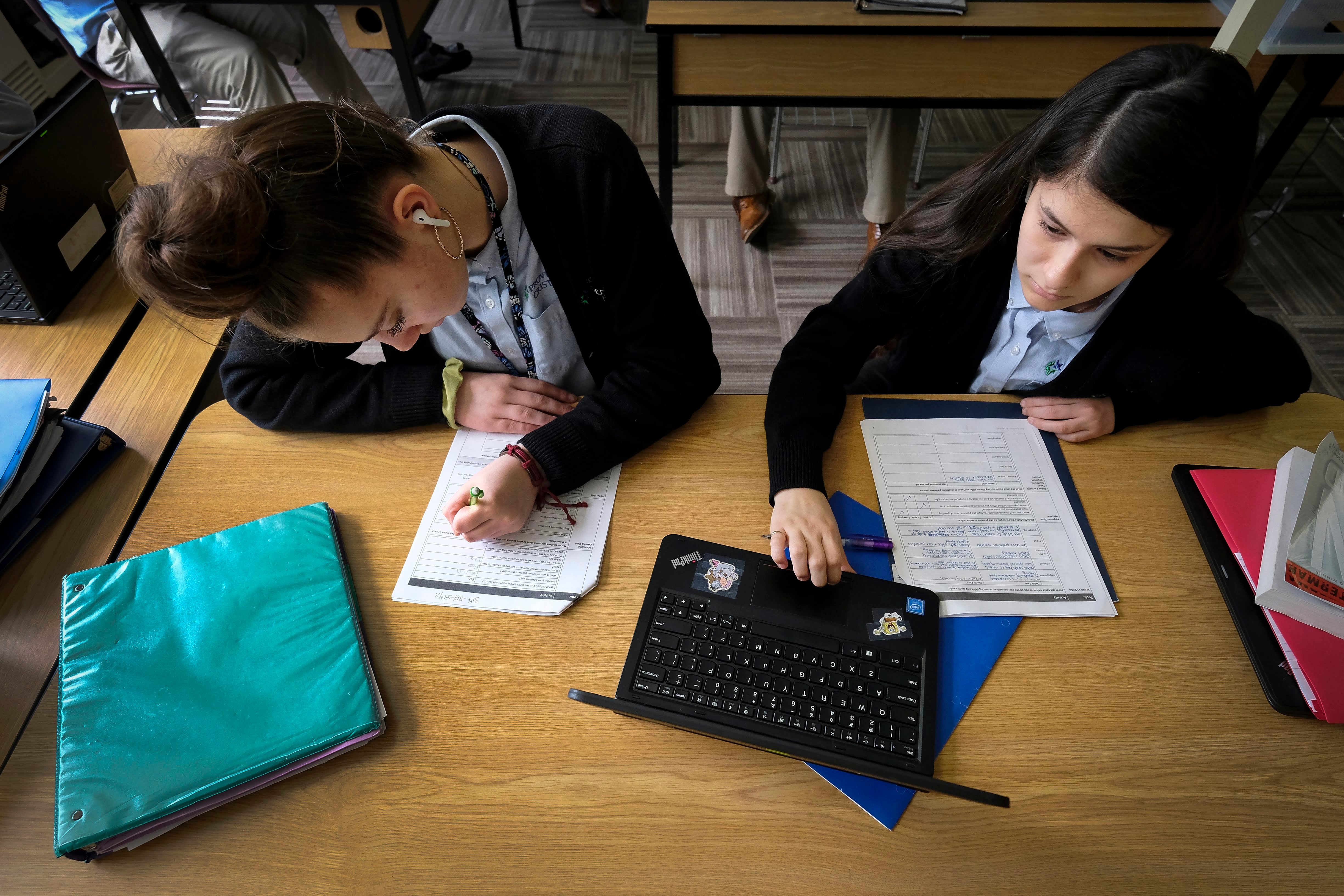Earl Phalen was stunned when the first full pandemic school year brought more than 170 new students flooding into Phalen Leadership Academy, a charter school network that spans several states.
“That was not at all what we anticipated,” he said. “We weren’t doing the things that would get us [new] enrollment. We didn’t have student enrollment coordinators out at events — because there weren’t any events.”
What occurred at Phalen Leadership Academy in the 2020-21 school year followed a national trend: Charter school enrollment spiked in the early days of the pandemic. A year later, in the 2021-22 school year, national charter school enrollment numbers barely budged, according to a report from the National Alliance for Public Charter Schools.
The steadying trend shows the initial enrollment jump was not just a “fluke,” as the hundreds of thousands of students who transitioned into charter systems did not exit en masse a year later, said Debbie Veney, one the report’s authors.
Veney believes the pandemic has “spurred parents to become more involved in the way that their kids were being educated.”
Between the 2019-20 and 2020-21 school years, charter schools saw their enrollment jump more than 7% — an increase of nearly 240,000 students nationwide — at the same time that public school districts lost more than 1.4 million students. A year later, enrollment numbers at charter schools fell by just a fraction of a percent, representing a decrease of about 1,400 students, according to the report.
Across the nation, students have left traditional public schools for home schooling, charter schools, or other education options. Others have left for unknown reasons.
The NAPCS report looked at 41 states, isolating the sample to those with charter schools and data spanning all three school years. The national trend flattened even as individual states experienced dramatic rises and drops in enrollment.
In Oklahoma, for example, nearly 22,000 students left charter schools in the most recent school year — more than a quarter of the state’s overall charter school population and over half of the prior year’s enrollment spike. But that drop was offset by other states, like Florida, where just over 20,000 new students entered the charter system, increasing the state’s charter population by about 6%.
Some of the gains in charter school enrollment have been attributed to explosive growth among virtual charter schools, which have drawn some criticism and questions about their quality.
Veney pointed to Oklahoma as one state with a large virtual charter school enrollment, adding it was a place where the spiking pandemic gains “did some right sizing.” The NAPCS report did not compare enrollment changes between virtual and brick-and-mortar charter schools because not all states made distinctions in their data, she added.
In ten other states, virtual school enrollment continued to climb in the most recent school year, The 74 reported. (The report did not break out enrollment in virtual charter schools.)
Veney said the large number of students leaving public education altogether was alarming.
“The max exodus is an incredibly important indicator of where parents are sitting on the issue, and I think it’s incumbent on us in the public education space to create better options for students,” Veney said. “Because if we don’t, we’re just going to lose them.”
Julian Shen-Berro is a reporter covering national issues. Contact him at jshen-berro@chalkbeat.org.





